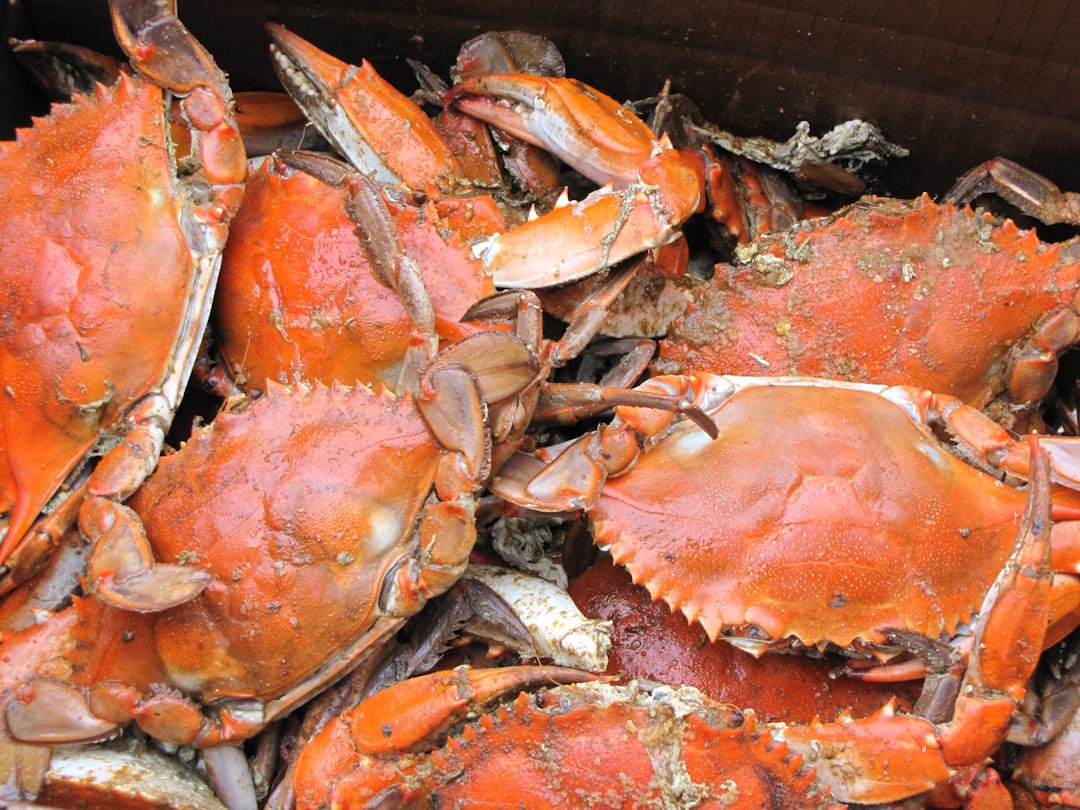What is it about?
Schistosomiasis is a neglected tropical disease, caused by the parasitic trematodes of the genus Schistosoma. For this study, we re-purposed a nucleic acid detection technology to enable the detection of different schistosome species. Our DNA-based biosensor, abbreviated as ‘SNAILS’, employs carefully designed probes that recognise species-specific DNA sequences, coupled with enzymatic amplification steps, and a fluorescent signal-dye to indicate a positive detection. ‘SNAILS’ successfully differentiated between different species of Schistosomes (S. mansoni and S. haematobium) and could conceivably be employed within future global health programmes.
Featured Image

Photo by Warren Umoh on Unsplash
Why is it important?
Schistosomiasis is endemic to regions within Africa, Asia and South America with at least 250 million people infected and a further 779 million at risk of infection. The lifecycle of schistosomes are complex and involve specific freshwater intermediate snail hosts which shed infective cercariae into the waterbodies they inhabit. Schistosomiasis is subsequently transmitted to humans or animals that contact cercariae contaminated water. In Africa, human disease is largely caused by Schistosoma mansoni and Schistosoma haematobium. However, endemic regions also typically feature animal-infecting schistosomes that can have broader economic and/or food security implications. Therefore, the development of species-specific Schistosoma detection technologies may help to inform local environmental, food security and health programmes.
Perspectives
We hope that this scientific article can help contribute towards the detection of these important parasites which cause significant harm and suffering to human and animal health. We also envision that this technology could also be adapted in the future to detect other pathogens and help improve global health outcomes.
Richard Kelwick
Imperial College London
Read the Original
This page is a summary of: Specific Nucleic AcId Ligation for the detection of Schistosomes: SNAILS, PLoS Neglected Tropical Diseases, July 2022, PLOS,
DOI: 10.1371/journal.pntd.0010632.
You can read the full text:
Resources
Contributors
The following have contributed to this page










